
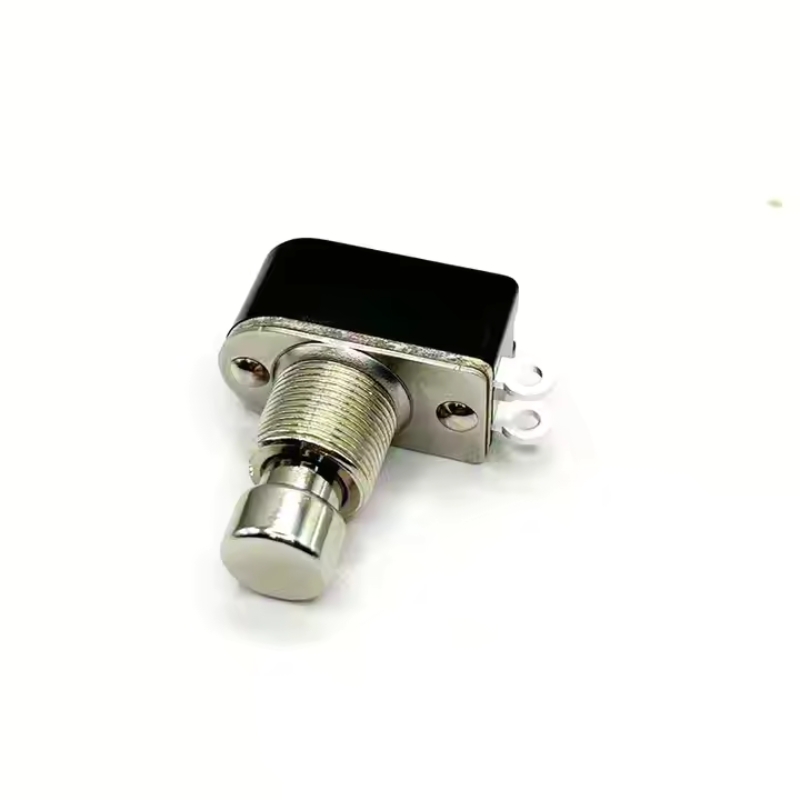 Foot switches are often overlooked as simple tools, but their role in enhancing productivity and safety across industries is profound. From music studios to manufacturing floors, these unassuming devices enable hands-free control, streamline processes, and reduce physical strain. Let’s explore how foot switches have become indispensable in diverse settings.
Foot switches are often overlooked as simple tools, but their role in enhancing productivity and safety across industries is profound. From music studios to manufacturing floors, these unassuming devices enable hands-free control, streamline processes, and reduce physical strain. Let’s explore how foot switches have become indispensable in diverse settings.
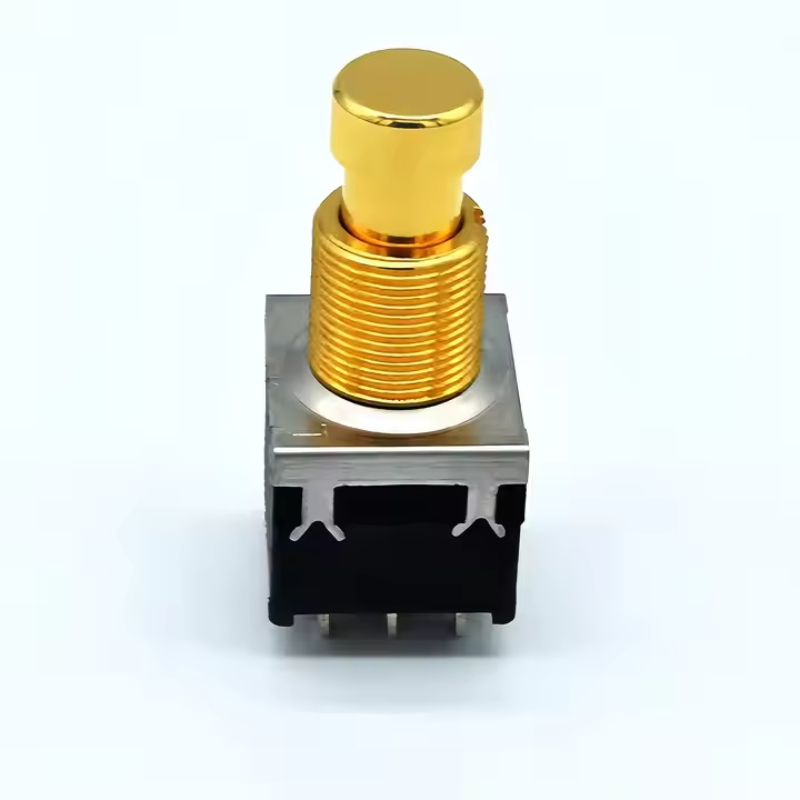
Imagine a surgeon needing to review X-rays mid-operation without touching a keyboard, or a guitarist switching effects pedals without breaking a sweat. Foot switches make these scenarios possible by translating foot pressure into electrical signals. At their core, they’re electromechanical devices with three main components: a housing (often metal or rugged plastic), contacts that close when pressure is applied, and an actuation mechanism (like a spring-loaded plate).
The versatility of foot switches lies in their design variations. SPST switches (Single Pole Single Throw) are ideal for basic on/off tasks, such as activating a soldering iron. DPDT switches (Double Pole Double Throw) allow for more complex functions, like toggling between two amplifiers. Meanwhile, latching switches stay engaged until manually released, perfect for sustained actions like running a conveyor belt.
Industries have creatively adapted these tools:
- Music: Guitarists use momentary switches to trigger effects loops, while drummers employ them to trigger electronic pads.
- Healthcare: Surgeons use sterile, foot-operated controls to navigate medical imaging software during procedures.
- Automotive Manufacturing: Assembly lines use heavy-duty switches to activate robotic arms or welding tools.
- Stage Lighting: Technicians control dimmers or color changers via foot pedals for seamless performance adjustments.
Beyond functionality, ergonomic design matters. A flat, textured surface reduces fatigue during long sessions, while angled switches (like those on pedalboards) improve accessibility. Modern innovations include wireless models (e.g., MIDI foot controllers with Bluetooth) and LED-lit switches for low-light environments.
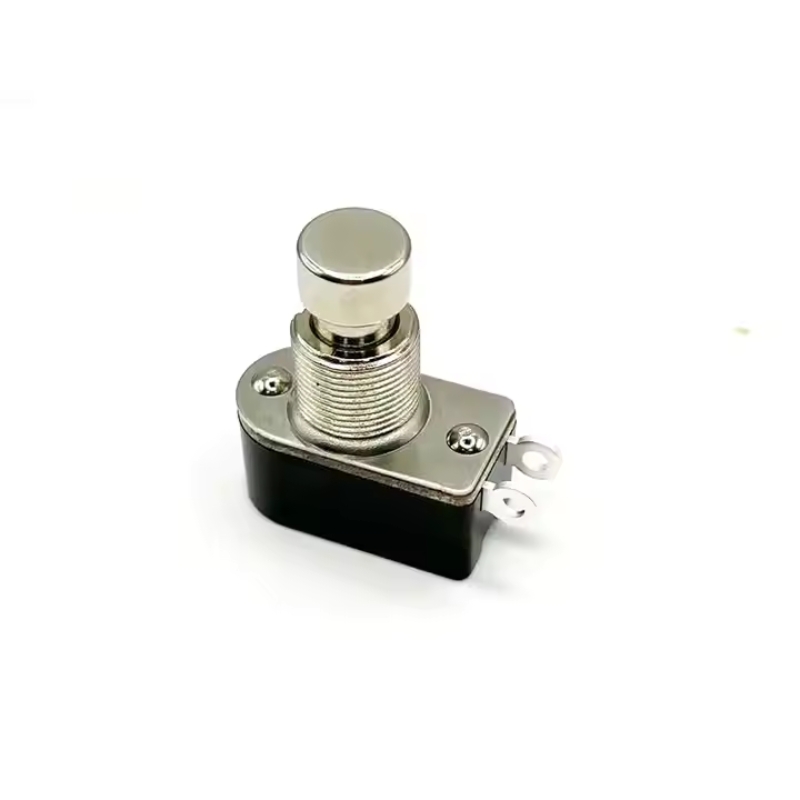
Investing in foot switches isn’t just about convenience—it’s about efficiency. For instance, a factory worker using a foot switch to start a machine avoids repetitive arm movements, lowering injury risk. Musicians gain creative freedom by focusing on performance rather than manual gear changes. The key is choosing the right type for your needs: latching vs. momentary, wired vs. wireless, and durability ratings matching your environment.
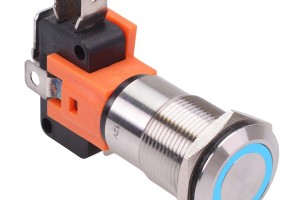

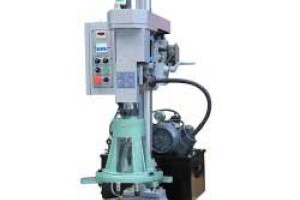
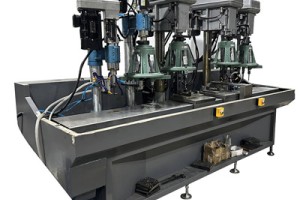
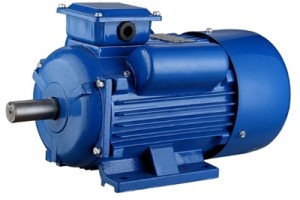
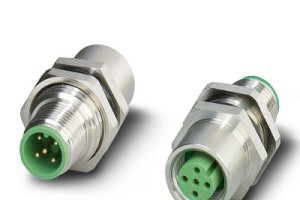
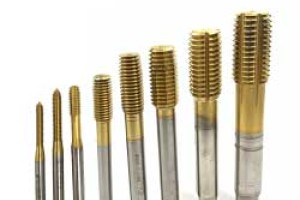
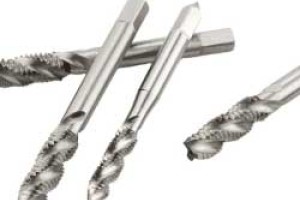
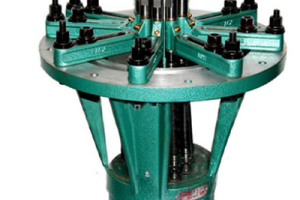
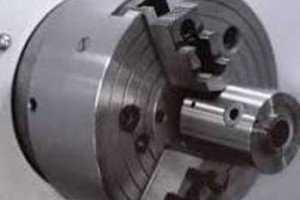
Leave a comment